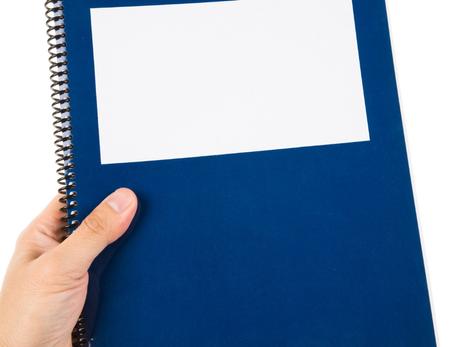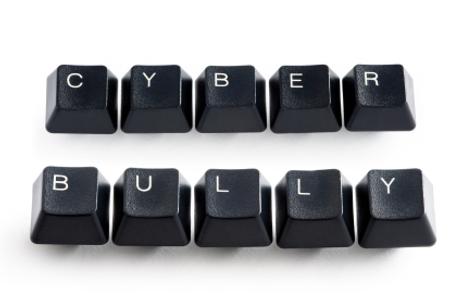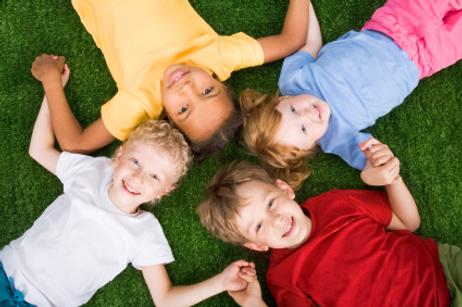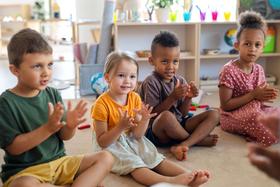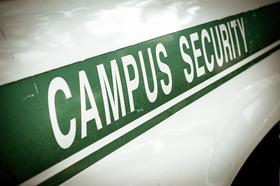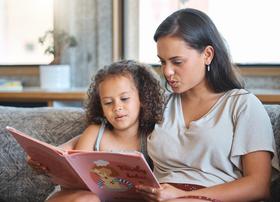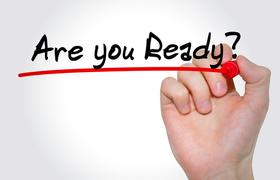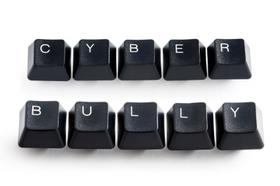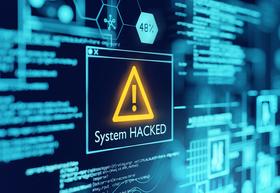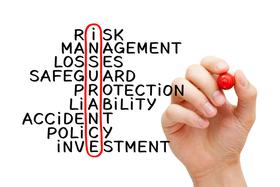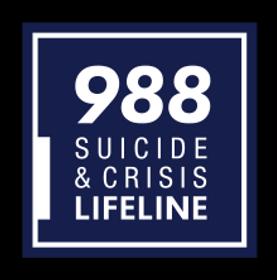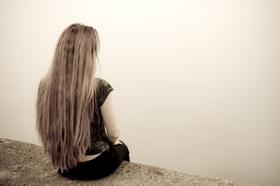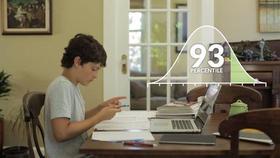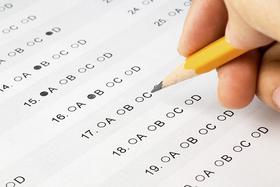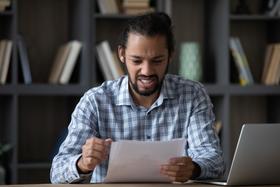A private school handbook is essentially a set of guidelines for life in the school community. The reason why I am devoting an entire article here on Private School Review is to underscore the importance of handbooks. Both you and your child need to understand that the school's handbook is linked to the contract which you signed with the school. Private schools are not like public schools in this very important regard: students have rights in a public school; but they do not have rights in a private school. They are governed by what is known as contract law. That contract which you signed with the school spells out all the obligations of the parties to that contract. Somewhere buried in the fine print will be a statement to the effect that one of your child's obligations is to abide by the rules and regulations of the school and its community as set forth in the school's handbook and elsewhere.
Most handbooks are comprehensive, very detailed documents which seek to cover every conceivable aspect of school life. They are generally rather lengthy documents too as you will see when you review the examples listed at the end of this article. Take time to review your school's handbook. Discuss and confirm that your child understands the seriousness of this document. While the school will explain the content of its handbook at the beginning of school, assume nothing. Make sure that she understands that failure to abide by the terms

